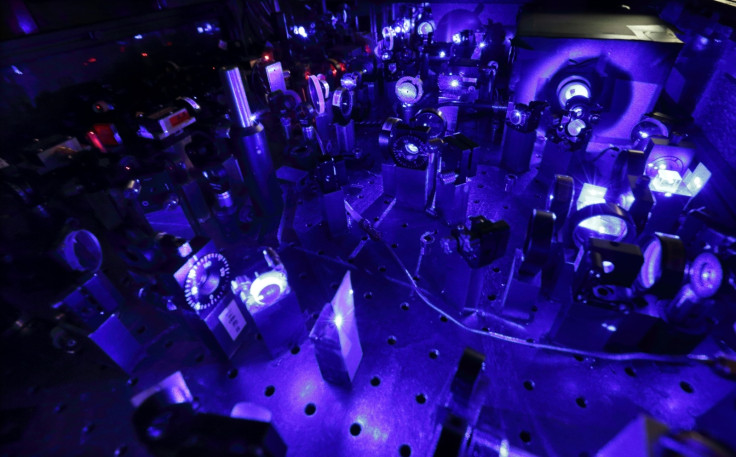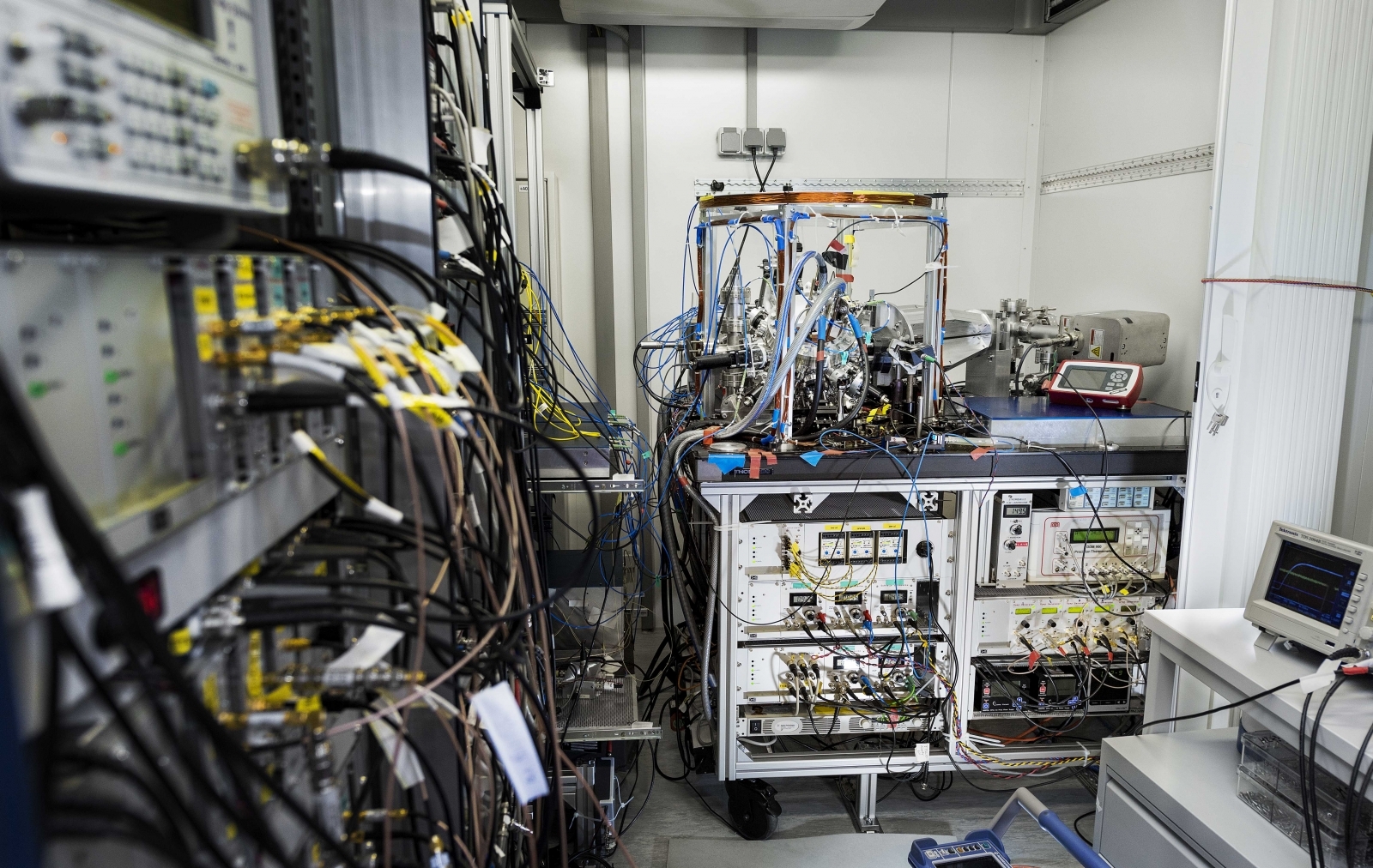Scientists used a portable atomic clock to measure gravity for the first time ever
Researchers transported the atomic clock from one lab in Turin to another in the French Alps.

For the first time ever, a team of European scientists have measured gravity using a portable atomic clock. The device is the first portable optical lattice clock, which is the next generation of atomic clocks and has an even higher rate of accuracy.
The new research was the collaborative work of scientists from the National Physical Laboratory (NPL), the Physikalisch-Technische Bundesanstalt (PTB) and the Istituto Nazionale di Ricerca Metrologica (INRIM).
This particular atomic clock was built using strontium atoms trapped in a lattice of lasers. The strontium atoms are cooled to a temperature of just above zero. Another laser stimulates the atom, which in turn causes it to oscillate. Scientists can precisely calculate time by counting the atom's oscillations to quadrillions per second.
"Optical clocks are deemed to be the next generation atomic clocks – operating not only in laboratories but also as mobile precision instruments," Christian Lisdat, lead researcher of the group 'Optical Lattice Clocks', at the Physikalisch-Technische Bundesanstalt (PTB), said in a statement.
Such atomic clocks can also measure the strength of gravity, since the stronger the gravity, the slower time moves. In this case, researchers drove the atomic clock from one lab in Turin, Italy, to another in the French Alps to conduct the experiment. The atomic clock was transported in a vibration-damped and temperature-stabilised trailer.
The scientists then compared the measurements they took at the French lab with the ones they took at the Italian lab located 90 km away. Although the measurements were consistent, the clock still required more fine-tuning.



"As would be expected for this type of pioneering effort, the measurement campaign was not perfect," Andrew Ludlow of the National Institute of Standards and Technology, who did not participate in the research, wrote in a related editorial for Nature Physics, ScienceAlert reported. "There were periods of time when the portable optical clock would not function, and the accuracy of the measurements was limited below the capability of optical clocks. And while the relativistic geodetic measurement agreed nicely with conventional geodetic measurements, its accuracy was two orders of magnitude below the conventional techniques."
"Our proof-of-principle experiment demonstrates that optical clocks could provide a way to eliminate discrepancies and harmonise measurements made across national borders," said Helen Margolis at NPL. "One day, such technology could help to monitor sea level changes resulting from climate change."
These atomic clocks could also soon be sent to space for new tests and could also be used to monitor sea-level changes brought about by climate change.
"The newly developed optical clocks have the potential to revolutionise geodetic height determination, as they can overcome some of the limitations of classical geodetic techniques," Heiner Denker at Leibniz Universität Hannover said. "Optical clocks could help to establish a unified world height reference system with significant impact on geodynamic and climate research."
The new research has been published in the journal Nature Physics.






















